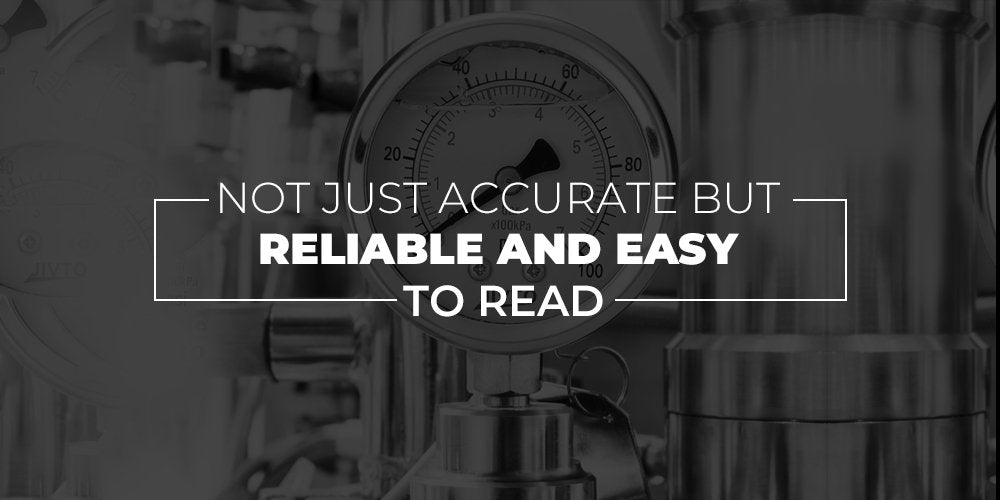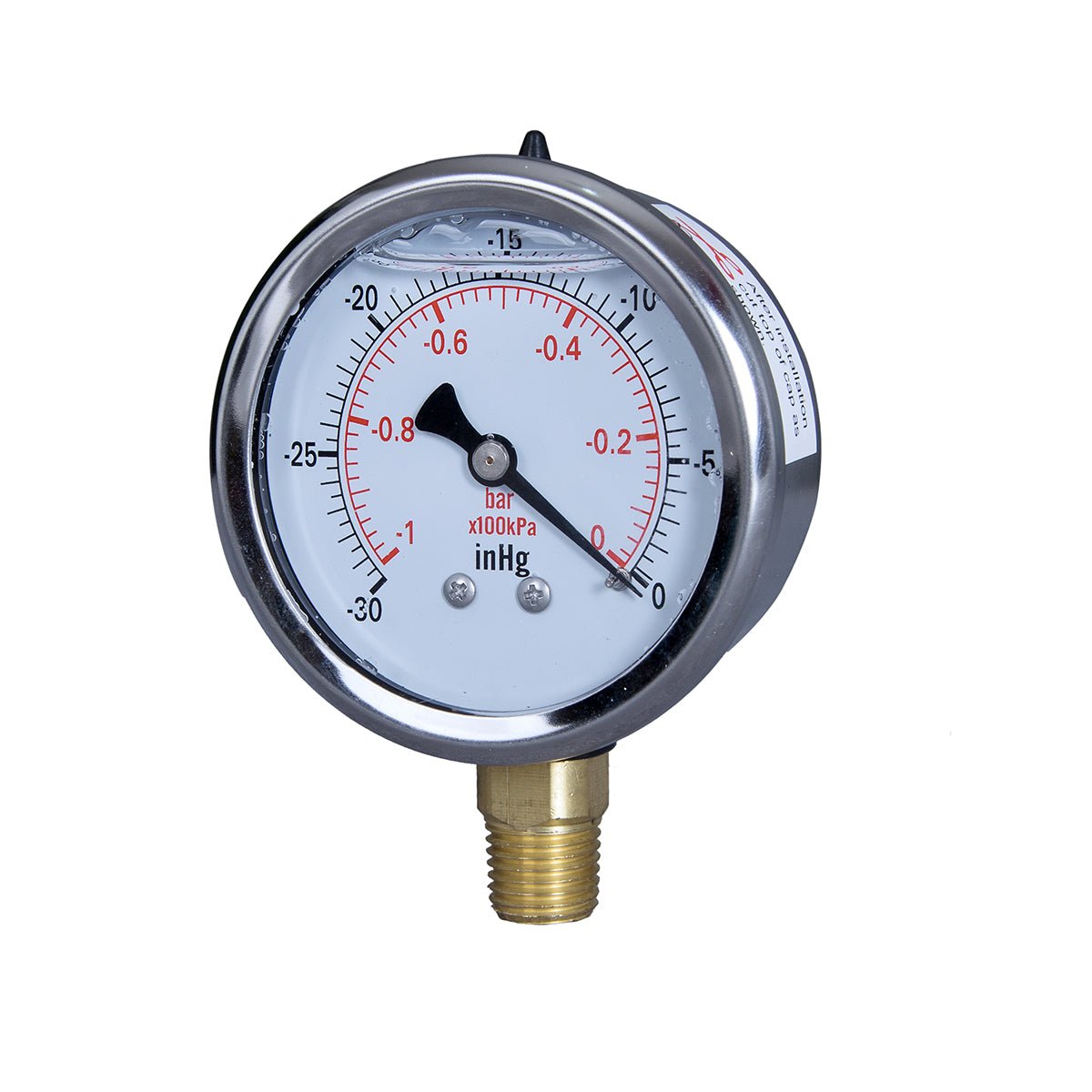
Common Reasons For Pressure Gauge Failure
JIVTO, a one-stop shop, has been specializing in pressure gauges and ball valves for more than 15 years. Termed as the veterans in the industry dealing in pressure measurement devices, JIVTO deals in a wide variety of these fluid intensity devices. The pressure gauges available here are widely used for measuring gas, liquid, water, and hydraulic pressure. Being proficient and having a skilled approach to observing how they work and drawing out the analogy about the method of measuring fluid, gas, water, or steam intensity in a pressure-powered machine, we have come up with a very pertinent yet unanswered question! Designed to measure the pressure of media in a system, we have been brought closer to finding why there occur pressure gauge failures occur and what could be the common reasons behind them.
Common reasons for pressure gauge failures

This blog, straight from the core of the expert's corner here at JIVTO, illustrates the common reasons for failure, justifying why pressure gauges don't often work as expected. Let's sit down and read these out loud!
1) Mechanical vibrations
The main cause of pressure gauge failures, mechanical vibration disturbs the measurement accuracy through the gauge significantly. First things first, it becomes very difficult to read the pointer moving against the dial with a constant and disturbing gauge vibration. Then, the cumulative damage to the pointer mechanism from vibration can eventually move a pointer off zero, thus becoming the main cause of inaccurate readings. Other prominent risks posed by mechanical vibrations include:
- Damage to the measuring equipment (wear and tear of the internal components)
- Inaccurate functionality and no precision in readings
- Pressure system failure more often than not
JIVTO's oil-filled pressure gauge can effectively avoid damage to the internal components of the measuring equipment and extend its service life due to the internal glycerin filling.
2) Pulsation
Regular, rapid, and fluctuating pressure changes in the media are termed pulsation. This condition makes it difficult to read a standard Bourdon tube gauge as the pointer flutters wildly. The other prominent risk pulsation may include:
- Inaccurate readings
- Damage to the equipment(wear and tear of internal components)
- An acute pressure system failure
JIVTO's oil-filled pressure gauge can effectively reduce the amplitude of pointer jitter due to the internal glycerin filling.
3) Inclement temperature conditions
The sensing diaphragm can be subject to induced measurable changes. Extremely high and low-temperature conditions cause the metal to expand and contract, which is the persisting reason behind the pressure gauge failure. There is an induced change in the modulus of elasticity of the bourdon, which in turn causes a change in the ambient temperature, affecting the accuracy of the measurement through the gauge.
4) Overpressure
The condition is very similar to the pressure spike that occurs most often when the gauge measures pressure near its maximum value. Overpressure can cause the Bourdon tube to deform and split. Since it is the maximum pressure the transducer can withstand without faulting the performance, exceeding overpressure values may make the device subject to damage with pressure crossing maximum permissible limits.
It is essential to diagnose the reasons for pressure gauge failure; a high-pressure gauge can effectively avoid this situation.For more details, please read: How to select a pressure gauge?
Pressure gauges are an integral part of an application's warning system. Pressure gauges are the most crucial components of the processing systems and hence need to be not just accurate but also reliable and easy to read and calibrate. Mechanical vibration, extreme temperatures, corrosion, pressure spikes, overpressure, etc., could be the conditions behind the gauge failure. Therefore, it is extremely important to understand how a gauge is constructed and tested, wherein lie the most significant performance measurement criteria, including reliability, safety, and peace of mind.
Related Articles:
How to select a pressure gauge?
What is a pressure gauge? And how does it work?
The many types of pressure gauges in the measurement industry
